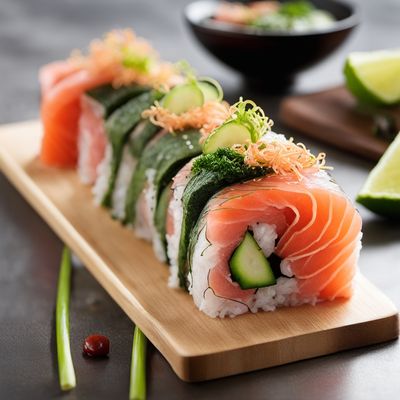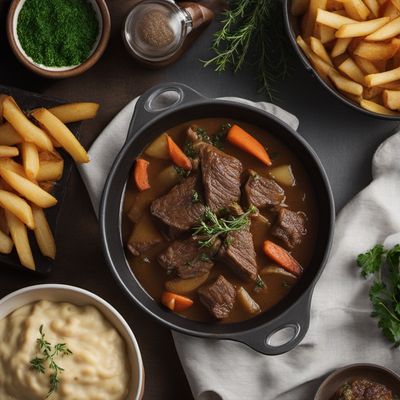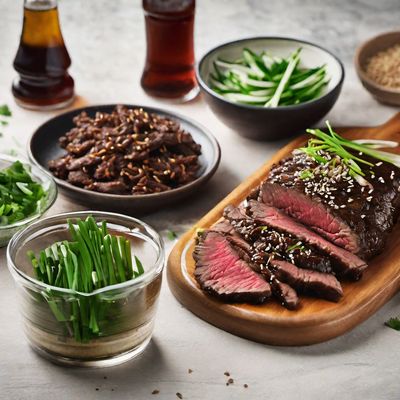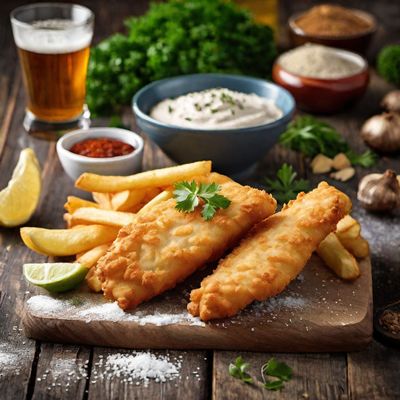
Ingredient
Beer and beer-like beverage
The Golden Brew: Beer and Beer-like Beverage
Beer and beer-like beverages are brewed using grains, typically barley, along with water, hops, and yeast. They come in a wide range of styles, including lagers, ales, stouts, and IPAs, each with its own distinct characteristics. Beers can vary in color, ranging from pale yellow to dark brown, and in flavor, from light and crisp to rich and malty. These beverages are carbonated and can have varying levels of bitterness, sweetness, and alcohol content.
Origins and history
The origins of beer can be traced back to ancient civilizations such as Mesopotamia, Egypt, and China, where it was brewed for religious, medicinal, and social purposes. Over time, beer production techniques evolved, and it became a staple beverage in many cultures. Beer has played a significant role in various historical events, including the brewing traditions of monasteries in Europe and the industrialization of beer production during the Industrial Revolution. Today, beer is enjoyed globally and is a symbol of celebration, relaxation, and social gatherings.
Nutritional information
Beer and beer-like beverages contain varying amounts of calories and alcohol. The calorie content can range from around 100 to 300 calories per serving, depending on the style and alcohol content. They also provide carbohydrates, proteins, and small amounts of vitamins and minerals. However, excessive consumption of alcohol can have negative health effects, and moderation is key.
Allergens
May contain allergens such as barley, wheat, and hops. Some individuals may also be allergic to yeast or have sensitivities to gluten, which is present in many beers.
How to select
When selecting beer, consider the style and flavor profile that suits your preferences. Beers can range from light and refreshing to bold and complex. Explore different styles and brands to find your favorites. Look for beers that are stored and displayed properly, away from direct sunlight and at the appropriate temperature. Freshness is important, so check the expiration date or the best by" date on the packaging."
Storage recommendations
To maintain the freshness and quality of beer, store it in a cool and dark place, away from direct sunlight and heat sources. The ideal temperature for storing beer is between 40°F (4°C) and 55°F (13°C). Avoid storing beer in the refrigerator door, as the temperature fluctuations can affect its flavor. Unopened beer can be stored for several months, but it is best to consume it within the recommended shelf life for optimal taste. Once opened, beer should be consumed within a few days to maintain its carbonation and flavor.
How to produce
Beer production is a complex process that requires specialized equipment and knowledge. While it is challenging to produce beer at home on a large scale, amateur brewers can experiment with homebrewing kits or smaller-scale brewing techniques. These kits typically provide the necessary ingredients and instructions to brew beer at home. However, it is essential to follow proper sanitation and fermentation practices to ensure the quality and safety of the final product.
Preparation tips
Beer can be enjoyed straight from the bottle or can, or poured into a glass for a better sensory experience. Different beer styles may require specific glassware to enhance their aroma and flavor. When serving beer, consider the appropriate temperature and glassware for the style. For example, lagers are typically served chilled in a tall, narrow glass, while stouts are often served at a slightly warmer temperature in a wide-mouthed glass. Experiment with food and beer pairings to enhance the flavors of both.
Culinary uses
Beer and beer-like beverages are widely used in culinary applications, both as an ingredient and as a pairing for food. They can be used in marinades, batters, and sauces to add depth of flavor to dishes. Beer is commonly used in beer-battered fish and chips, beer cheese soup, beer brats, and beer-based cocktails. It can also be paired with various foods, such as cheese, grilled meats, and chocolate, to complement and enhance the flavors.
Availability
Beer and beer-like beverages are available worldwide, with different regions known for their unique brewing traditions and styles. Countries such as Germany, Belgium, the United Kingdom, and the United States are renowned for their beer production and consumption. Craft breweries have also gained popularity in recent years, offering a wide range of locally brewed beers. Additionally, beer is often imported and exported, allowing for global availability of different beer styles.
More ingredients from this category
Recipes using Beer and beer-like beverage » Browse all

Brazilian-style Beer Duck
Crispy Beer-Marinated Duck with Brazilian Flair

Chicago-style Pork with Prunes
Sweet and Savory Pork Delight: Chicago-style Prune-Stuffed Pork

Rainbow Roll Recipe
Vibrant Delight: The Rainbow Roll Experience

Belgian Beef Stew with Beer and Fries
Belgian Beer-Braised Beef Stew: A Hearty Delight with Crispy Fries

Arroz Atollado with Chicken and Chorizo
Savory Colombian Rice Delight with Chicken and Chorizo

Bulgogi Bavarian Style
Bavarian Bulgogi: A Fusion of Korean and German Flavors

Saxon-style Roman Chicken
Saxon-Inspired Roman Chicken: A Fusion of Flavors

Peruvian Duck and Rice Delight
Savory Peruvian Duck and Rice Extravaganza

Wisconsin-style Beer-Battered Walleye Fillets
Crispy Wisconsin Walleye Delight

Dutch-style Fish and Chips
Hollandse Vis en Friet

Slow-Cooked Pork Knuckle with Beer and Honey Glaze
Honey-Glazed Beer-Braised Pork Knuckle: A Polish Delight

Lapin á la Kriek with Herb-Roasted Potatoes
Tender Rabbit in a Tangy Cherry Beer Sauce with Crispy Herb-Roasted Potatoes

